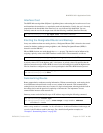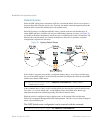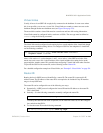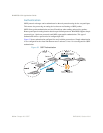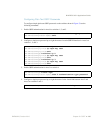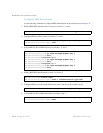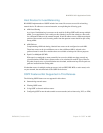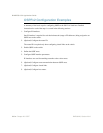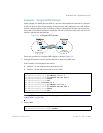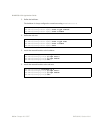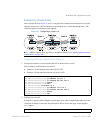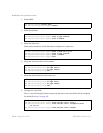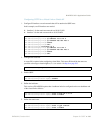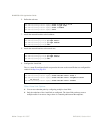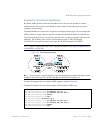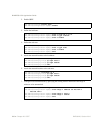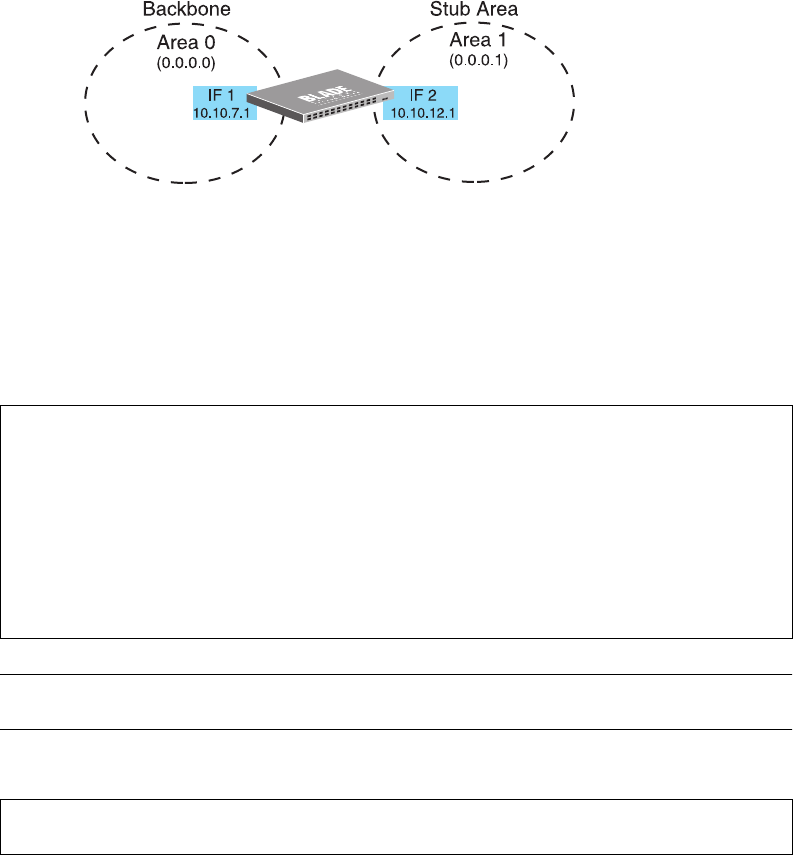
BLADEOS 6.5.2 Application Guide
BMD00220, October 2010 Chapter 20: OSPF 289
Example 1: Simple OSPF Domain
In this example, two OSPF areas are defined—one area is the backbone and the other is a stub area.
A stub area does not allow advertisements of external routes, thus reducing the size of the database.
Instead, a default summary route of IP address 0.0.0.0 is automatically inserted into the stub area.
Any traffic for IP address destinations outside the stub area will be forwarded to the stub area’s IP
interface, and then into the backbone.
Figure 34 A Simple OSPF Domain
Follow this procedure to configure OSPF support as shown in Figure 34:
1. Configure IP interfaces on each network that will be attached to OSPF areas.
In this example, two IP interfaces are needed:
Interface 1 for the backbone network on 10.10.7.0/24
Interface 2 for the stub area network on 10.10.12.0/24
Note – OSPFv2 supports IPv4 only. IPv6 is supported in OSPFv3 (see “OSPFv3 Implementation
in BLADEOS” on page 298).
2. Enable OSPF.
Network
10.10.12.0/24
10.10.7.0/24
Network
RS G8124(config)# interface ip 1
RS G8124(config-ip-if)# ip address 10.10.7.1
RS G8124(config-ip-if)# ip netmask 255.255.255.0
RS G8124(config-ip-if)# enable
RS G8124(config-ip-if)# exit
RS G8124(config)# interface ip 2
RS G8124(config-ip-if)# ip address 10.10.12.1
RS G8124(config-ip-if)# ip netmask 255.255.255.0
RS G8124(config-ip-if)# enable
RS G8124(config-ip-if)# exit
RS G8124(config)# router ospf
RS G8124(config-router-ospf)# enable



